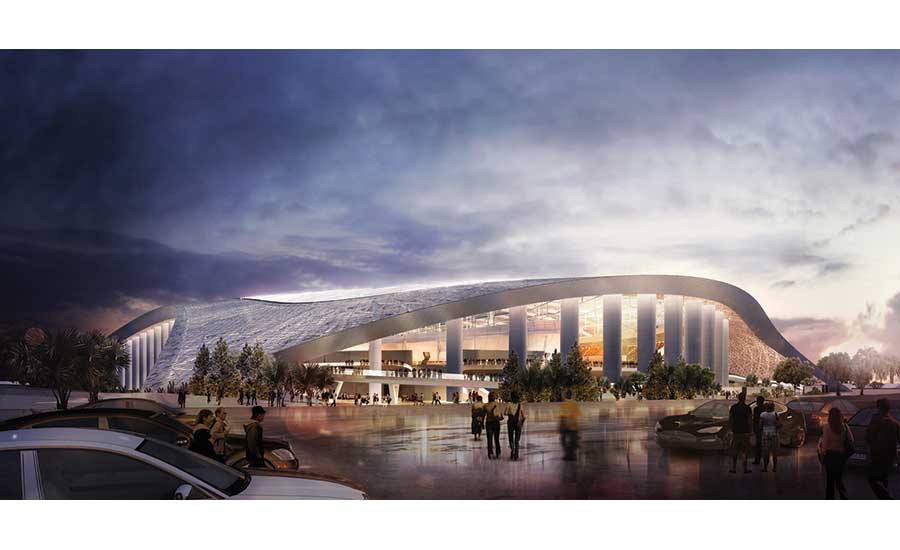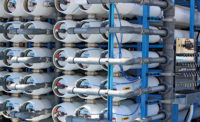Several top architectural firms continue to see improving industry market conditions, enjoying large revenue gains last year and forecasting continued strength in the near future. Despite the uncertainty of November’s presidential election, clients remain confident in the market and are moving ahead on large projects.
Phil Harrison, CEO of Perkins+Will, Chicago, says the hesitancy to invest in design projects following the last economic downturn has “more or less gone away,” as clients in multiple sectors are showing confidence in their respective markets. “While it’s taking longer for projects to get started, things are moving more steadily and consistently—less stop and start,” he adds.
Perkins+Will saw revenue rise to $484.2 million in 2015 from $413.1 million in 2014—a 17.2% gain. While the firm remains deeply rooted in the Midwest and eastern U.S., Harrison says an improved development market has allowed the firm to expand significantly on the West Coast. Among its recent projects, the firm designed two new towers that are part of an expansion of Swedish Medical Center’s First Hill Campus, in Seattle.
Strong growth brings its own challenges, especially in attracting and retaining staff. “We’re seeing a lot of growth in Seattle and San Francisco,” Harrison says. “We’re doing everything we can to attract talent.” Perkins+Will added nearly 400 staff members in 2015, pushing its worldwide total worker head count to more than 2,000—the most the firm has ever employed.
HKS, Dallas, also is reaching new heights. The firm peaked at about 1,200 employees in 2008; then, after the economic downturn, it dropped to nearly 800 in 2010; today, it employs more than 1,300. Dan Noble, who was named HKS president and CEO in 2014, notes that, while the firm is younger today, it has been able to attract talent at all levels. “We’re not seen as a button-up, corporate firm,” he says. “We’ve been able to attract younger talent.
We’re also getting people who see a glass ceiling where they are [currently employed] and see better opportunities here.”
Those opportunities have been significant in recent years at HKS. Revenue rose nearly 30% in 2015, tallying $363.8 million, up from $280.5 million in 2014. Noble says profits were up 33% last year, adding, “This year, we’re looking at 20% on top of that 33%.”
Big projects are driving most of the growth, Noble says. “Right now, big projects are our bread-and-butter,” he says. “Without big projects, we’d have single-digit growth.” Its most notable recent project is the proposed $2-billion, 70,000-seat National Football League stadium complex for the L.A. Rams. HKS also designed the $1-billion U.S. Bank Stadium, Minneapolis, home of the Minnesota Vikings team. Noble predicts continued growth through this year and the first part of 2017. He says the firm’s greatest challenge is replacing its current pipeline of large projects with new ones. “We’re doing well now, but I don’t know how long this run will last,” he admits.
Cannon Design, Grand Island, N.Y., has experienced recent tremendous growth, as well. The firm made $228.4 million in revenue last year—a 24.3% increase from 2014. Bradley Lukanic, executive director in the firm’s education practice, says the firm has seen success across a range of sectors, including health care, education and corporate. “The reason for our success is that we’re more than a singular market or service line,” he says.
“What we try to do is transcend and leverage expertise across the multiple facets of our firm,” Lukanic adds. The acquisition of Pittsburgh-based Astorino in late 2014 has enabled the firm to offer design-led construction service—a new service line. “That’s part of our strategic growth plan,” Lukanic says. “We expect to see the results in a couple of years.”




Post a comment to this article
Report Abusive Comment